Sinwar’s final moments and defiant end show Israel’s strategic military blunders
By Robert Inlakesh
Now that the dust has settled, following the initial shock of Hamas leader Yahya Sinwar’s death while in active combat, it has become clear that the regime immortalized the Palestinian resistance leader.
While the Israeli regime and Western governments, along with their media apparatus, celebrated the killing of the charismatic Hamas leader, they also attempted to present it as a tactical victory.
US President Joe Biden even went so far in his statement on the issue as to inflict another blow against both his administration and the official Israeli propaganda narrative, remarking:
“Shortly after the October 7 massacres, I directed Special Operations personnel and our intelligence professionals to work side-by-side with their Israeli counterparts to help locate and track Sinwar and other Hamas leaders hiding in Gaza.”
In sharing this information, the outgoing US president not only admitted direct involvement in the ongoing Israeli genocidal war on Gaza that has landed them in the International Court of Justice (ICJ), but also exposed the failure of Washington and Tel Aviv to locate Sinwar for one year.
After all, Sinwar was not found and assassinated. The Israeli military did not know they had killed him until after they inspected his body. Sinwar resisted until his last breath and went down fighting.
This is actually what led to the failure to produce any calculated propaganda narrative on his death.
As has been the case throughout the genocidal assault on the Gaza Strip, Israeli soldiers have struggled with discipline on the field and have consistently behaved in an uncontrolled manner that has caused significant public relations problems for the regime.
The most comprehensive archive of Israeli soldiers behaving in such ways, while filming their own violations of international law, has been compiled by Palestinian reporter Younis Tirawi, exemplifying the ongoing behavior of the invading army.
Similarly, Israeli ground forces began immediately leaking videos and photos of Sinwar online, while communicating the story of how events unfolded to Israeli media outlets like Haaretz.
✍️ Viewpoint -Yahya Sinwar’s awe-inspiring martyrdom precursor to the end of Zionist occupation
— Press TV 🔻 (@PressTV) October 21, 2024
By Wesam Bahranihttps://t.co/bX7aWETEsW pic.twitter.com/1PaOk4ZcII
The videos and photos published revealed the Hamas leader to have died in a tactical military vest and an AK-47. From the Hebrew media’s reporting, we also learned that the Sinwar had clashed with Israeli soldiers before tank fire was called in against the building where he was stationed.
We also know that the Palestinian leader threw grenades at Israeli forces, injuring a soldier, before having half of his right arm and his left-hand trigger fingers blown off.
Then, the Israeli army, in an attempt to brag, released drone footage that captured Sinwar’s final moments and featured him lobbing a stick at the UAV filming him, in a final act of defiance.
While the conduct of the Israeli soldiers on the ground was clearly unprofessional, it was actually the Israeli military that committed the biggest narrative flop by releasing that video.
What they managed to do was cement Sinwar’s death as one of the most heroic in the history of warfare from the perspective of much of the planet.
He was transformed into a Muslim ‘Che Guevara’, defiant even in death.
Yahya Sinwar’s final victory
Israel had gained the strategic initiative in mid-September through its use of terrorist tactics, detonating thousands of wireless communication devices throughout Lebanon.
While the explosives, planted inside walkie-talkie and pager devices, did inflict a blow on the Hezbollah resistance movement, they also caused countless civilian casualties, even killing women and children.
Nevertheless, the pager attacks that were labeled as terrorism even by former CIA director Leon Panetta, managed to inflict a psychological wound on not only Hezbollah but the broader public on Lebanon. After this, Israel decided to also begin assassinating the senior military leadership of Hezbollah, and on September 27, the party’s Secretary-General Sayyed Hassan Nasrallah.
However, despite the severe wounds inflicted by the Israeli regime, through a series of tactical victories, they appeared to have played too many of their cards too soon.
Iranian murals honor Yahya Sinwar, immortalizing his fight for freedom@gisoumisha reports from Tehran. pic.twitter.com/ysNEwxiYeE
— Press TV 🔻 (@PressTV) October 21, 2024
This became apparent in the wake of Iran having launched ‘Operation True Promise 2’, retaliating against Israel’s assassinations - including that of Hamas leader Ismail Haniyeh on July 31 in Tehran - with a burst of ballistic missiles that struck Israeli military airbases.
Iran’s retaliatory attack on October 1 began turning the tide once again. As Israel pushed forward with its ground invasion of Lebanon, it also experienced continual failures as its forces fell victim to boobytraps and ambushes.
Then, Hezbollah began regrouping and implementing a phase-by-phase escalatory plan, to which the Israelis developed no real answer beyond occasionally escalating their bombardment of Beirut and civilian infrastructure throughout the Arab country.
When Sinwar was suddenly announced dead in battle, at first it appeared as if Tel Aviv had a golden opportunity that would hand them the strategic initiative and allow them to take advantage.
Despite the opportunity, they lost the battle of the optics with their poor handling of the propaganda surrounding Sinwar’s killing. Yet, it was still possible for them to undo this loss with further aggression which would achieve the image of dominance for them. Even in this, they failed to deliver.
Instead of pulling off more high-level assassinations, the Israeli military found itself unable to act and employ the kinds of tactics that had made it appear so powerful regionally back in September.
Turning to their final option, they appeared to exact a price against the civilian population of northern Gaza instead, failing to understand that instead of projecting power, it revealed that the Israeli military and intelligence establishments had no real options.
Ayatollah Khamenei praises martyr Sinwar as a ‘shining figure of resistance, struggle’ pic.twitter.com/0D3hwdaIQq
— Press TV 🔻 (@PressTV) October 19, 2024
Sinwar’s heroic death actually came at a moment that worked to reveal how many tricks the Israeli military truly had up its sleeve, as it demonstrated that in order to pull off the kinds of tactical victories it enjoyed in September, it takes a considerable amount of work and planning.
These are not everyday operations for Tel Aviv and understanding this has degraded its image once again.
Desperate to recover its briefly re-gained image of power, the Israelis will be forced to take even more dramatic action, but at a cost. While the killing of top Hamas and Hezbollah leadership were undoubtedly tactical military victories, they now present themselves as strategic military blunders.
The killings proved beyond a doubt that Hezbollah and Hamas will not fall through such actions, which is a message to the entire region.
For more than a year, Sinwar managed to evade the detection of both the US and Israel working hand-in-hand to locate him. Demonstrating the failure of the US-Israeli alliance, he was killed in combat at a time that shocked his opponents, embarrassing them severely in this respect.
Then, to rub salt in Israel’s wounds, Hezbollah launched a drone strike that directly impacted Israeli Prime Minister Benjamin Netanyahu’s home only days later.
While the assassination of Sayyed Nasrallah opened a wound in the region and its perception of the Axis of Resistance, Sinwar’s death in combat served to somewhat close this wound and answer several key questions of both sides of the ongoing regional war.
Robert Inlakesh is a journalist, writer and political analyst, who has lived in and reported from the occupied West Bank.
(The views expressed in this article do not necessarily reflect those of Press TV.)
VIDEO | Australians protest over US action in Venezuela
Cuba declares national mourning for 32 citizens killed in US raids on Venezuela
Iran: US must release kidnapped Venezuelan president
After US aggression against Venezuela, Mexico could be next: Report
Qalibaf: Protesters must be heard but foreign-linked agitators will be dealt with
VIDEO | German government refuses to condemn US aggression against Venezuela
Venezuela’s acting president calls for peaceful coexistence, dialogue with US
Denmark, Greenland leaders urge Trump to halt takeover threats


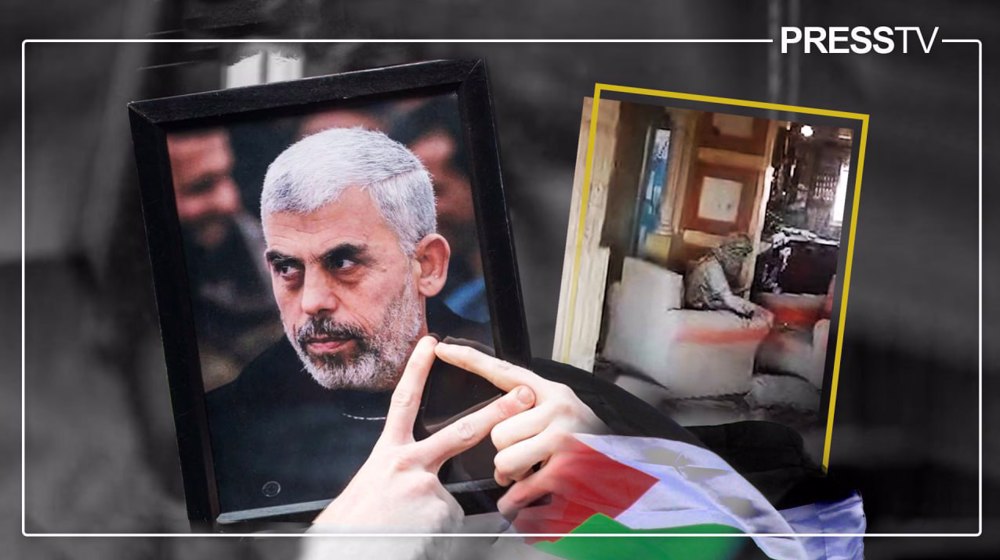


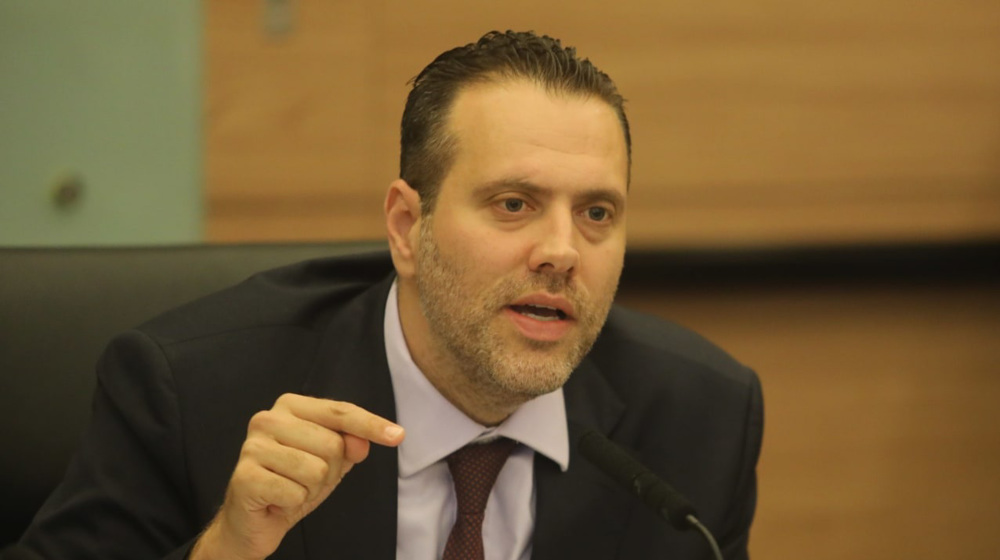



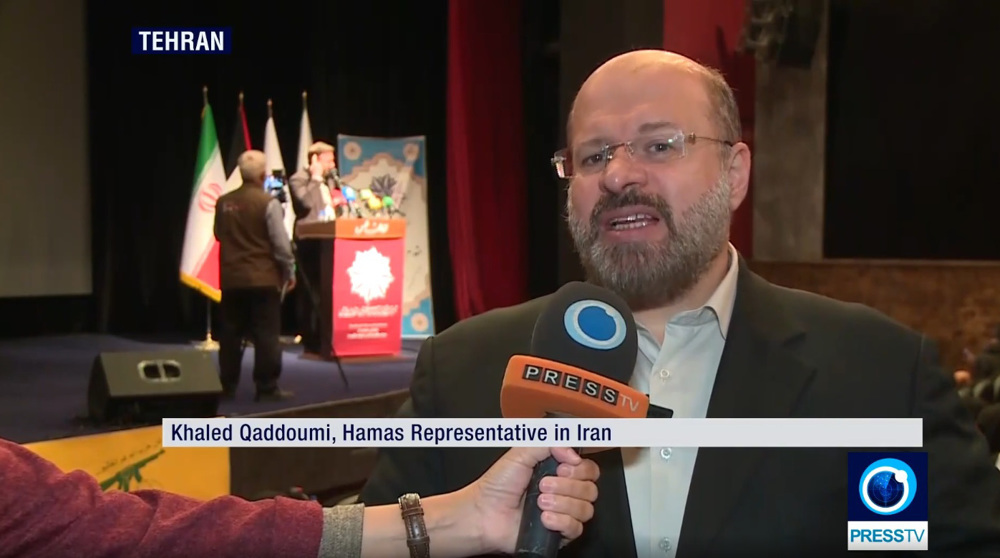

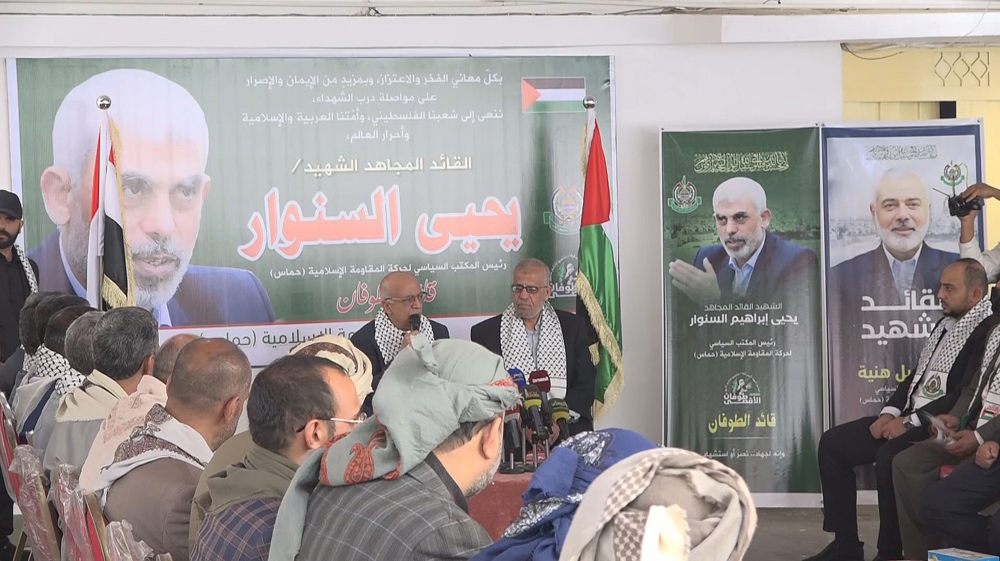
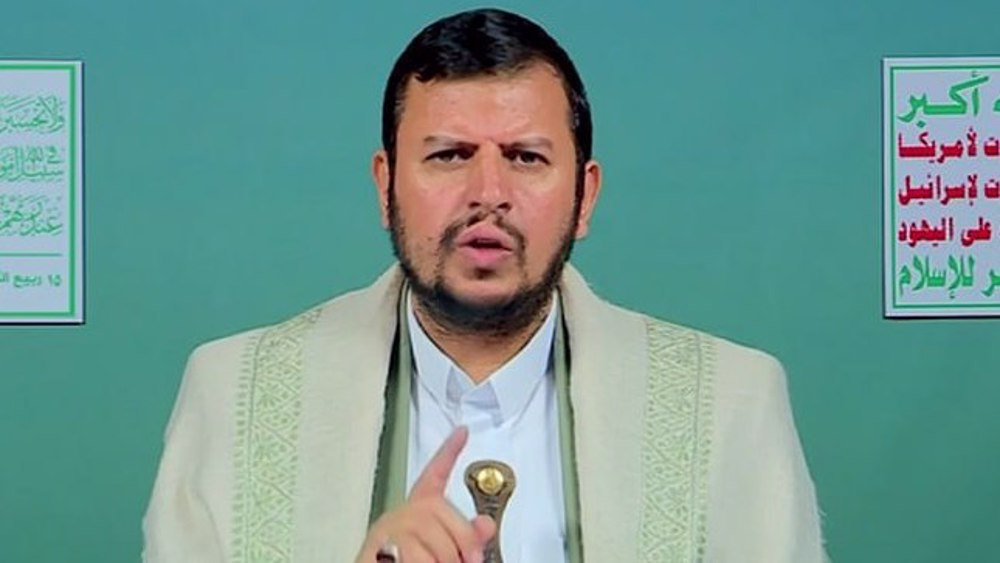
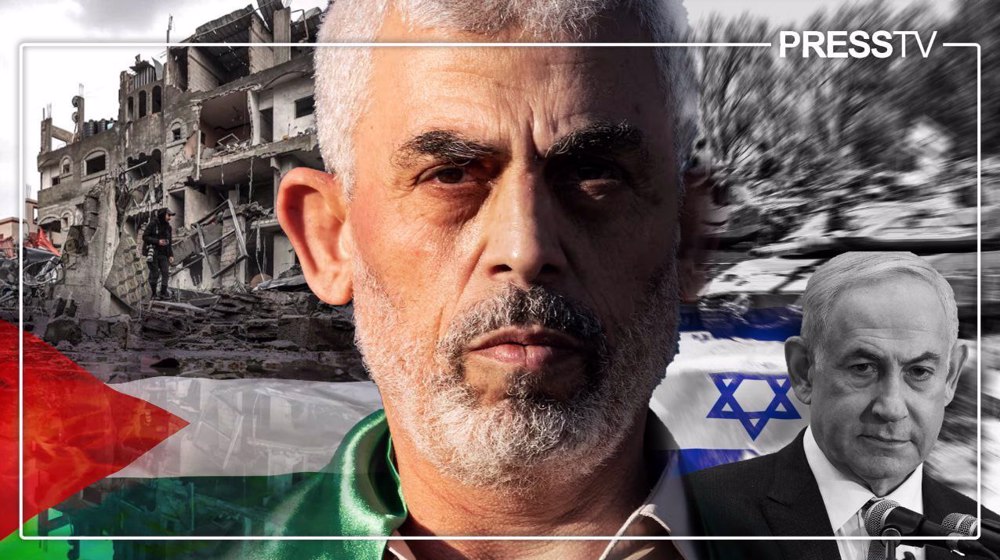

 This makes it easy to access the Press TV website
This makes it easy to access the Press TV website